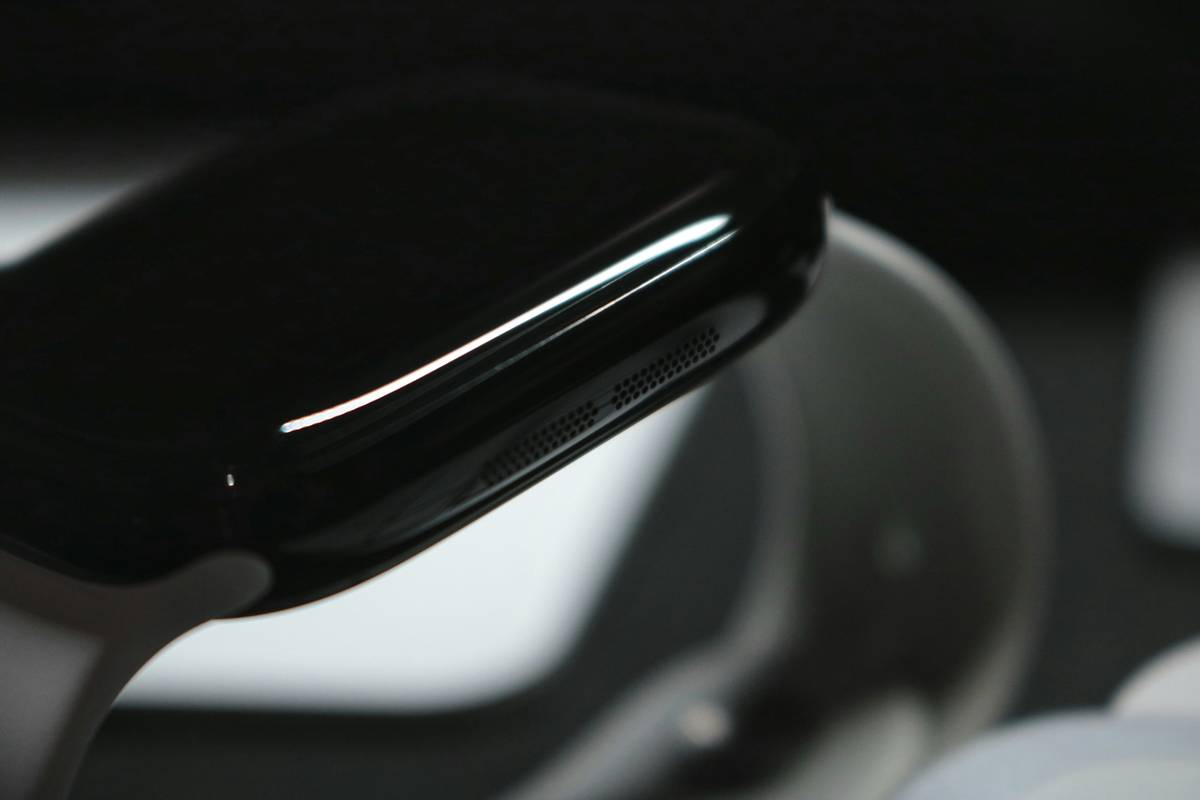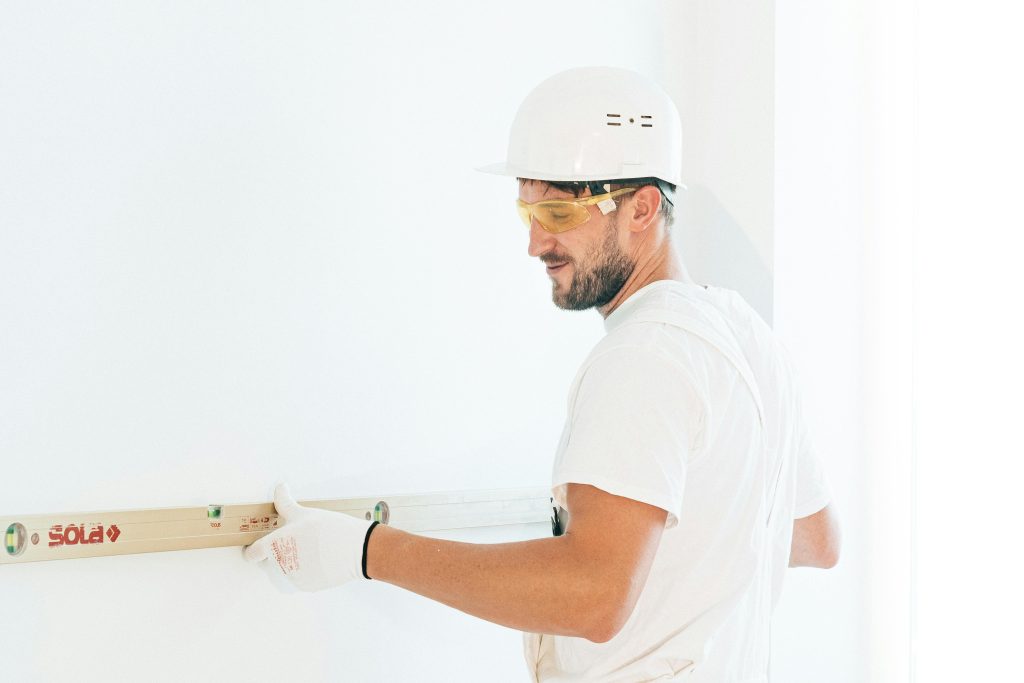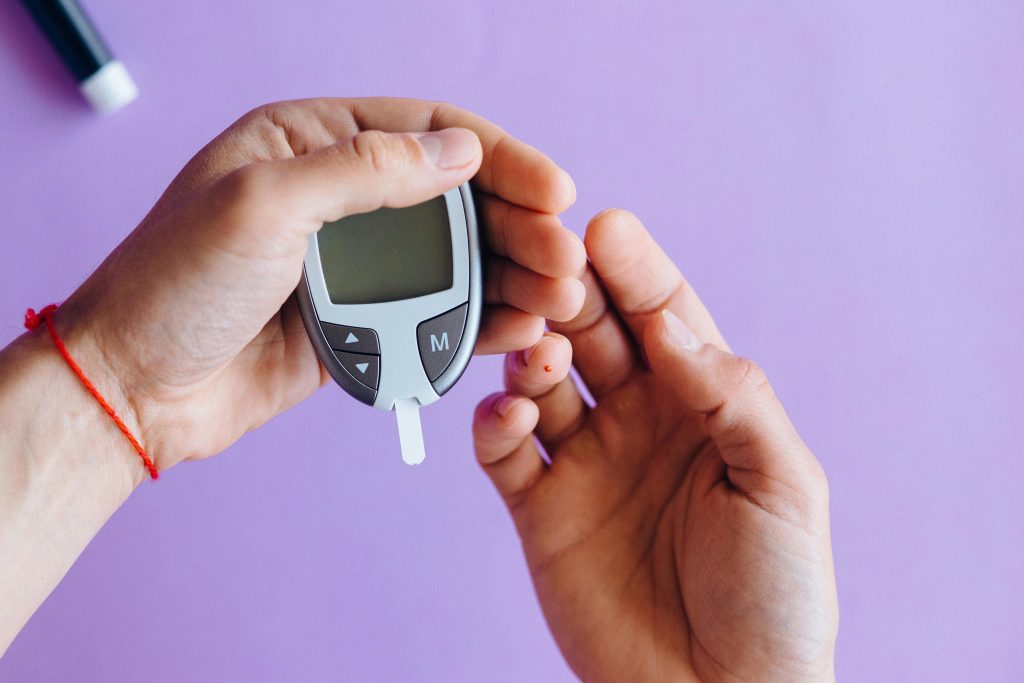Ever been on a hike and wondered exactly how high you’ve climbed, only to realize your fancy smartwatch doesn’t show altitude? Yeah, us too. It’s frustrating when your wearable tech leaves you hanging (literally!) at 10,000 feet. But what if I told you there’s a solution—a trusty altimeter watch sensor that gives accurate elevation readings every time?
In this guide, we’ll dive deep into everything about choosing, using, and maximizing an altimeter watch sensor. You’ll learn why it matters (*hint: it could save your life*), how to pick the perfect one, insider tips from adventurers who live by them, and even some horror stories from those who didn’t.
Table of Contents
- Key Takeaways
- Why Does an Altimeter Watch Sensor Matter?
- Step-by-Step Guide to Picking the Perfect Sensor
- Top Tips for Using Your Altimeter Watch Sensor Effectively
- Real-Life Examples & Case Studies
- FAQs About Altimeter Watch Sensors
Key Takeaways
- An altimeter watch sensor can be critical for hiking, climbing, skiing, or any adventure involving elevation changes.
- Not all sensors are created equal—accuracy depends on calibration and technology type.
- Maintenance is key; failing to recalibrate regularly renders your sensor useless.
Why Does an Altimeter Watch Sensor Matter?
Picture this: You’re halfway up Mount Everest Base Camp trail, fog rolls in, and GPS fails. Suddenly, knowing whether you’re ascending or descending becomes crucial—not just for progress but also safety. Enter: the mighty altimeter watch sensor.
Here’s a quick confession: I once ignored my altimeter reading during a mountain trek because “GPS said otherwise.” Spoiler alert—the GPS was wrong, and I ended up lost for hours in zero visibility. Lesson learned: trust your tools, especially when they’re designed for rugged conditions.
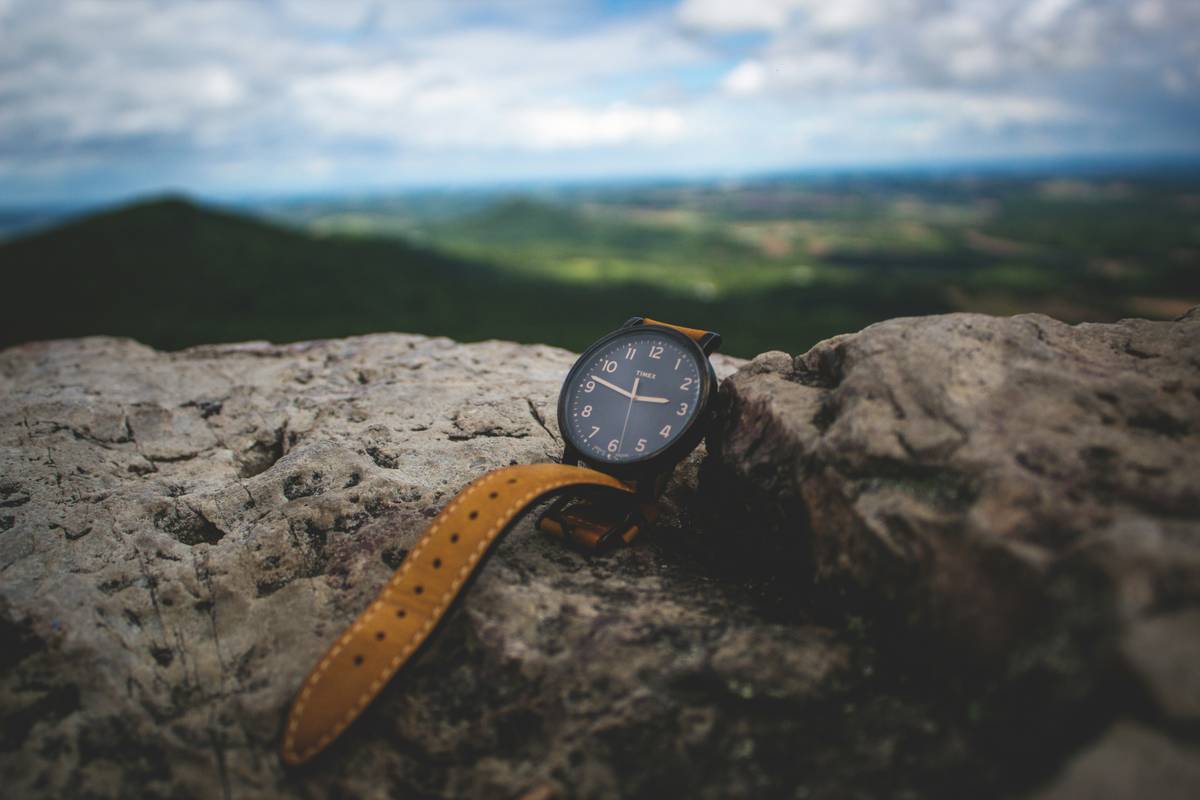
Altitude meets innovation with modern altimeter sensors.
Step-by-Step Guide to Picking the Perfect Sensor
“Optimist You:” Just follow these steps to get the best sensor!
“Grumpy Me:” Ugh, fine—but only if coffee’s involved.
Step 1: Decide Between Barometric vs GPS-Based Altimeters
Barometric sensors measure air pressure changes to determine altitude. They’re super precise…until weather shifts mess things up. On the flip side, GPS-based sensors track satellites but struggle under thick tree cover or cliffs. Here’s a handy comparison:
| Type | Pros | Cons |
|---|---|---|
| Barometric | High accuracy, no satellite dependency. | Weather-sensitive, requires calibration. |
| GPS-Based | Global coverage, works anywhere outdoors. | Less reliable in forests/cliffs, battery hog. |
Step 2: Check Battery Life and Durability
Imagine summiting a peak, only for your battery to die mid-climb. Disaster. Look for watches rated IP68 waterproof/dustproof with at least 20+ hours of endurance.
Step 3: Optimize Connectivity Options
Does it sync with your phone? Does it integrate with fitness apps like Strava? If not, good luck manually logging stats after every climb.
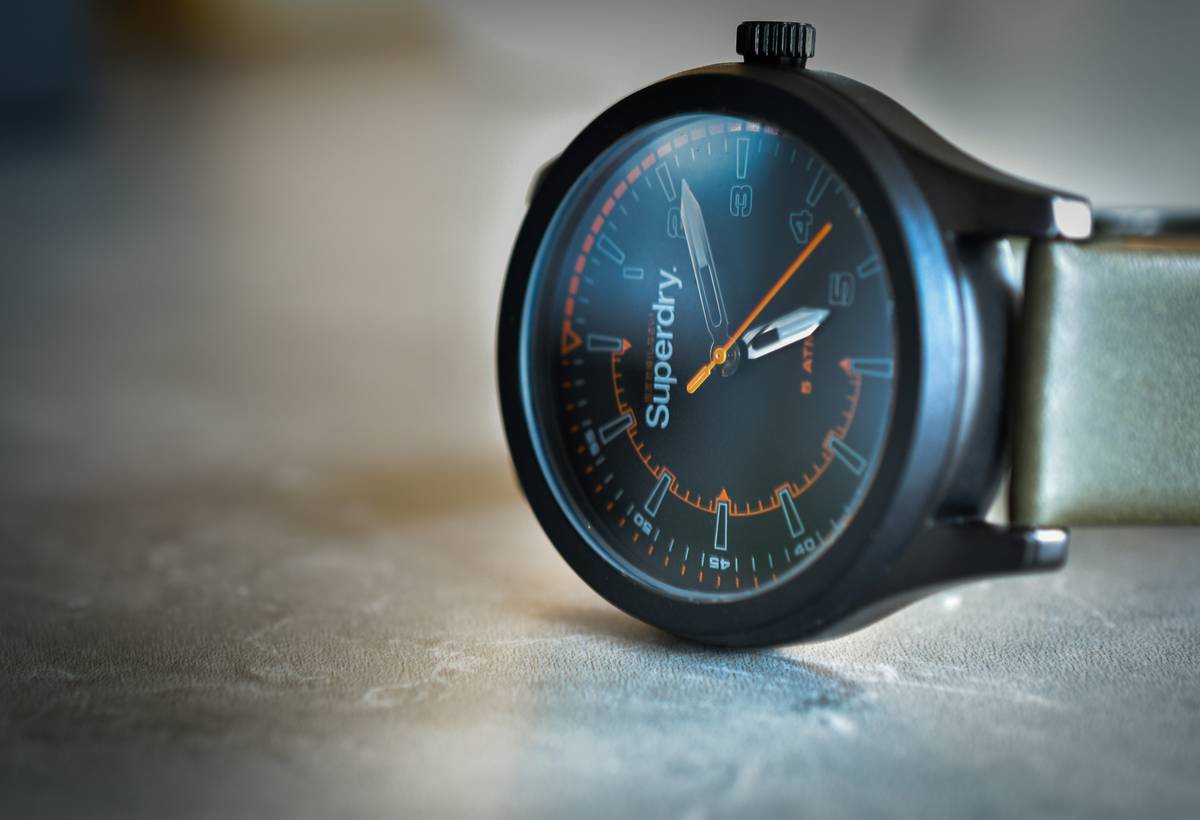
Pick wisely—the right features make all the difference.
Top Tips for Using Your Altimeter Watch Sensor Effectively
- Calibrate Regularly: Before heading out, set the base altitude to ensure precision.
- Avoid Weather Extremes: Sudden storms mess with barometric readings, so cross-check with alternative methods.
- Pair With Other Tools: Use alongside compasses or maps for redundancy. Trust me, digital isn’t always failproof.
Terrible Tip Alert: Someone online suggested skipping calibrations entirely because “tech should handle itself.” Wrong. Skipping calibration will give wildly inaccurate data—like thinking you’re atop Kilimanjaro while still parked near the trailhead.
Real-Life Examples & Case Studies
I recently spoke with Sarah T., a seasoned mountaineer whose altimeter saved her group during a blizzard. “We couldn’t see more than two feet ahead,” she recounted. “The sensor kept us moving upward instead of circling aimlessly.”
Conversely, Mark L., a first-time hiker, faced disaster without proper maintenance. His faulty sensor misreported altitude drops, leading to unnecessary detours through treacherous terrain. Moral of the story? Tech demands respect—and routine TLC.
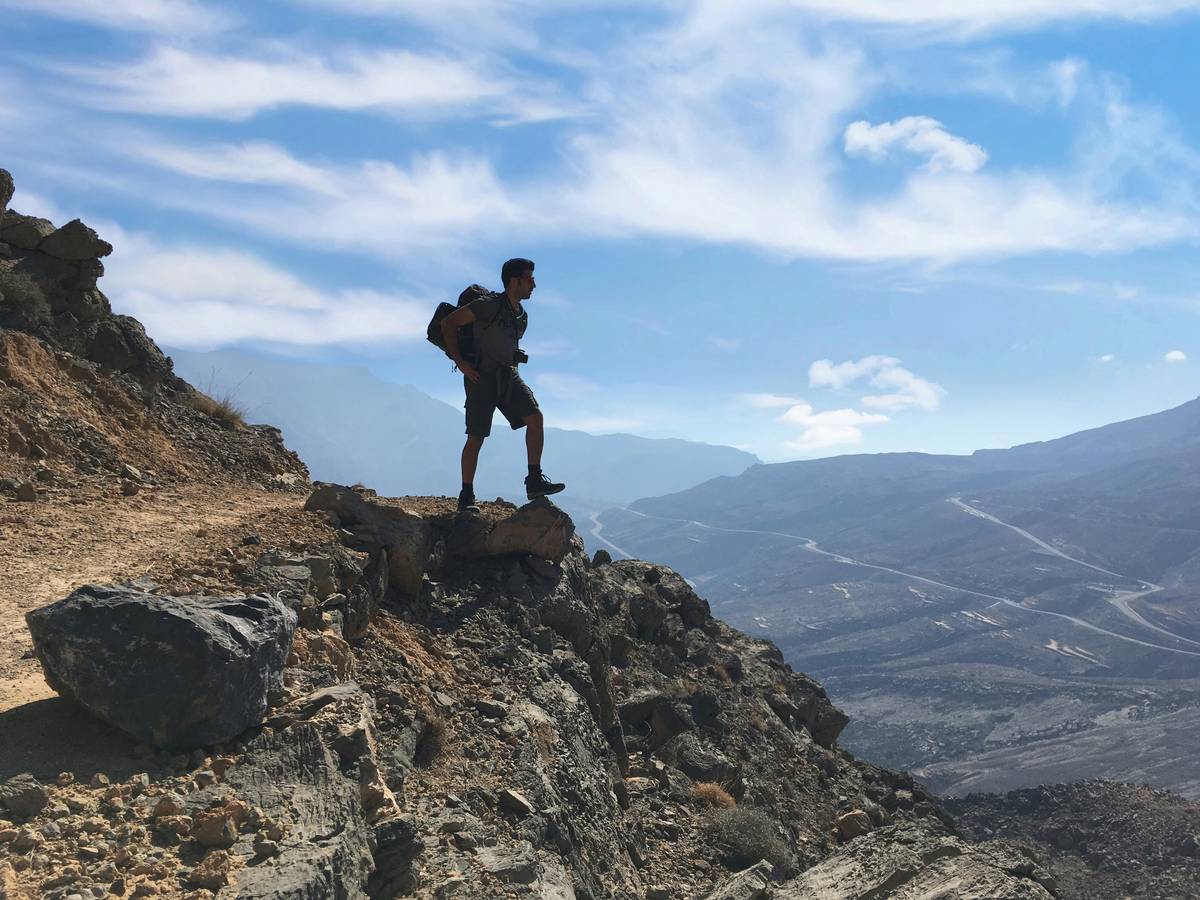
Adventure awaits, but preparation comes first.
FAQs About Altimeter Watch Sensors
Q: Are barometric sensors better than GPS-based ones?
A: It depends. For constant, small movements (like hills), barometric wins. For global navigation across varied terrains, go GPS.
Q: How do I know when to recalibrate?
A: Recalibrate whenever you notice unusual fluctuations or drastic weather changes.
Q: Can cheap models work as well as expensive ones?
A: Cheaper models often sacrifice accuracy or durability. Spending extra upfront pays off long-term.
Conclusion
An altimeter watch sensor isn’t just another gadget—it’s peace of mind on legs that walk miles above sea level. From deciding between barometric and GPS systems to mastering real-world usage, arming yourself with knowledge ensures success.
Remember: maintain it religiously, pair it with other gear, and never underestimate its power. Now grab yours, strap it on tight, and hit those trails—because adventure starts where Wi-Fi ends.
RANDOM HAIIKU:
Peaks whisper secrets, Alti-meter hums softly, Clouds part—summit found.
